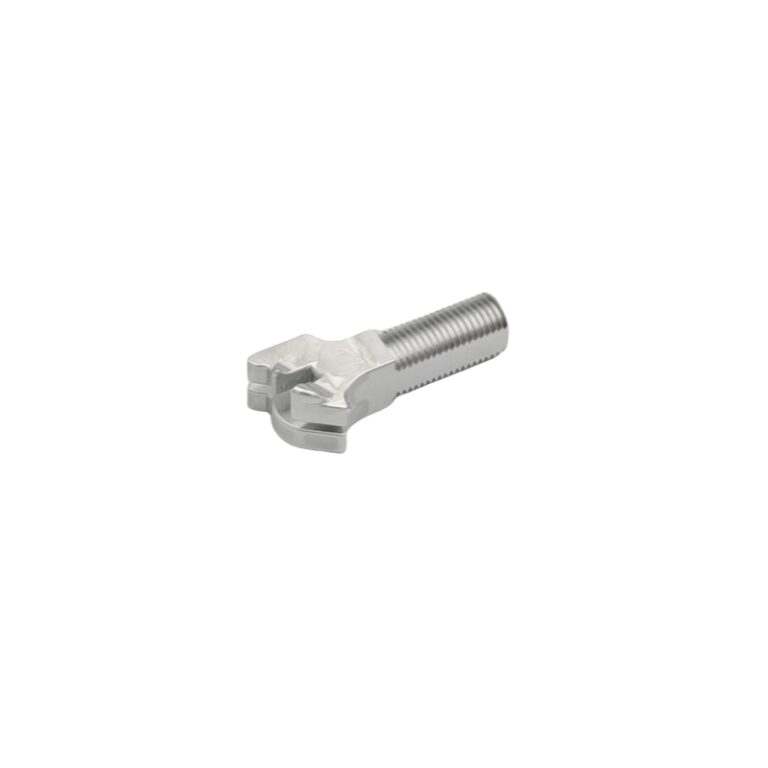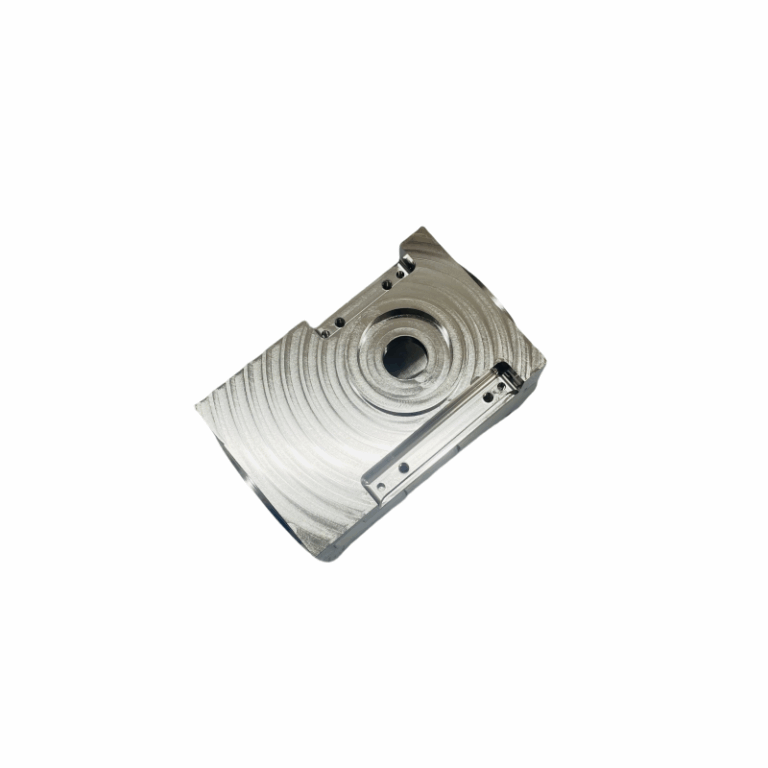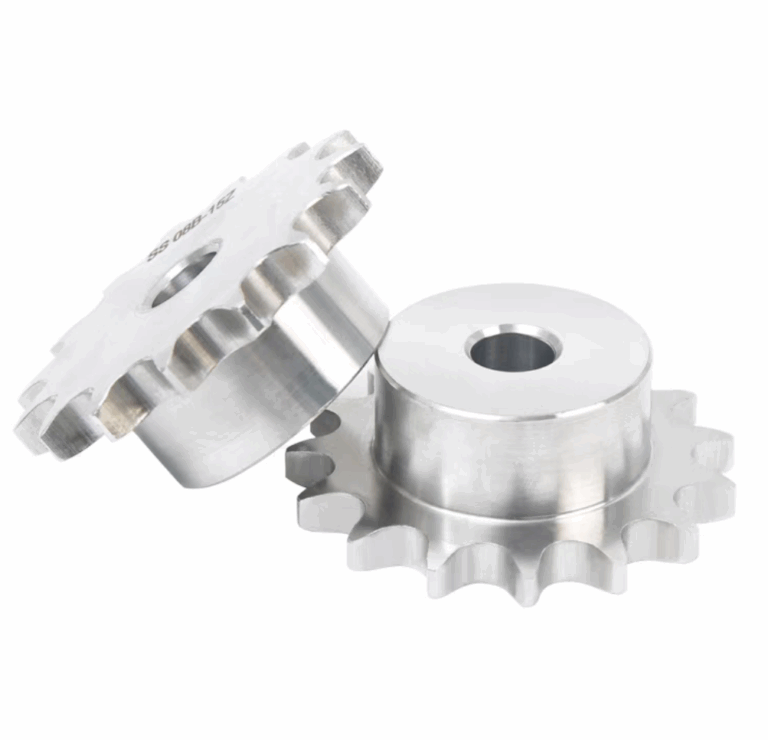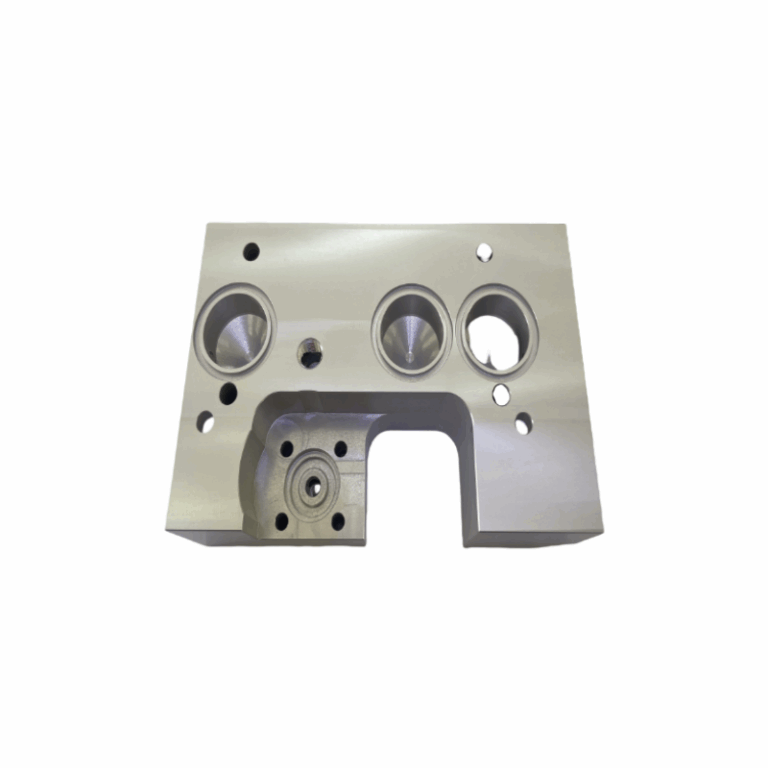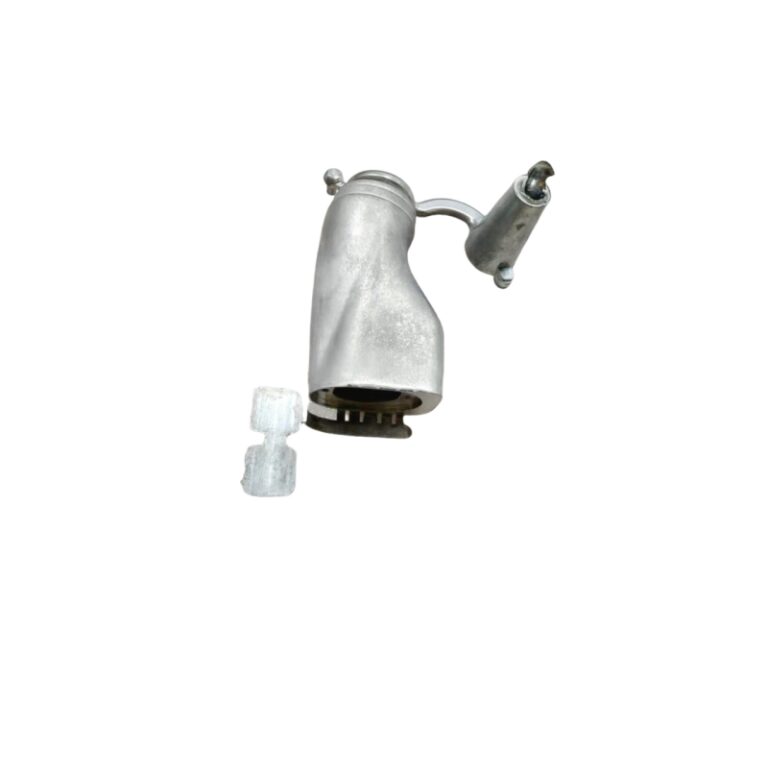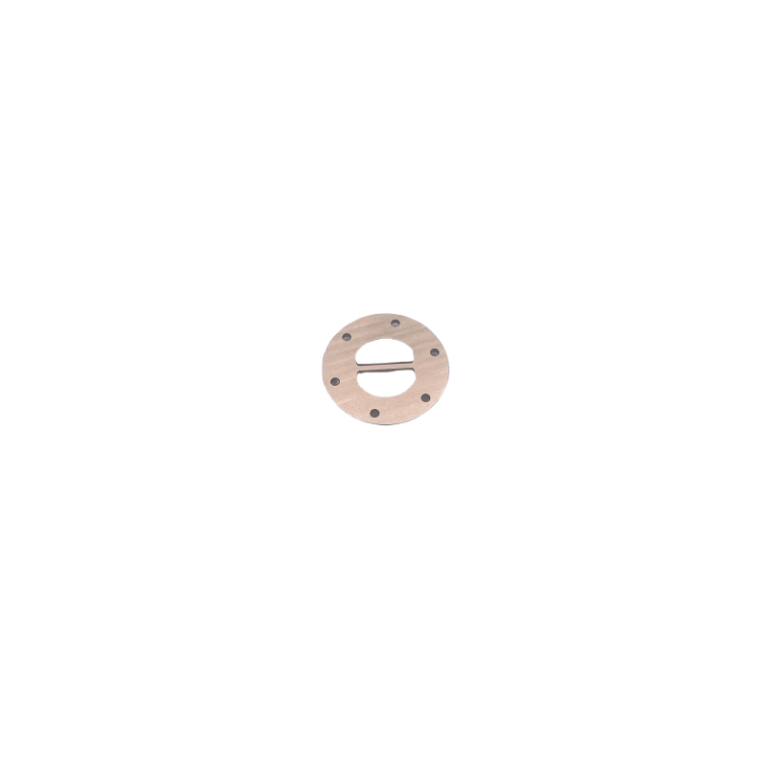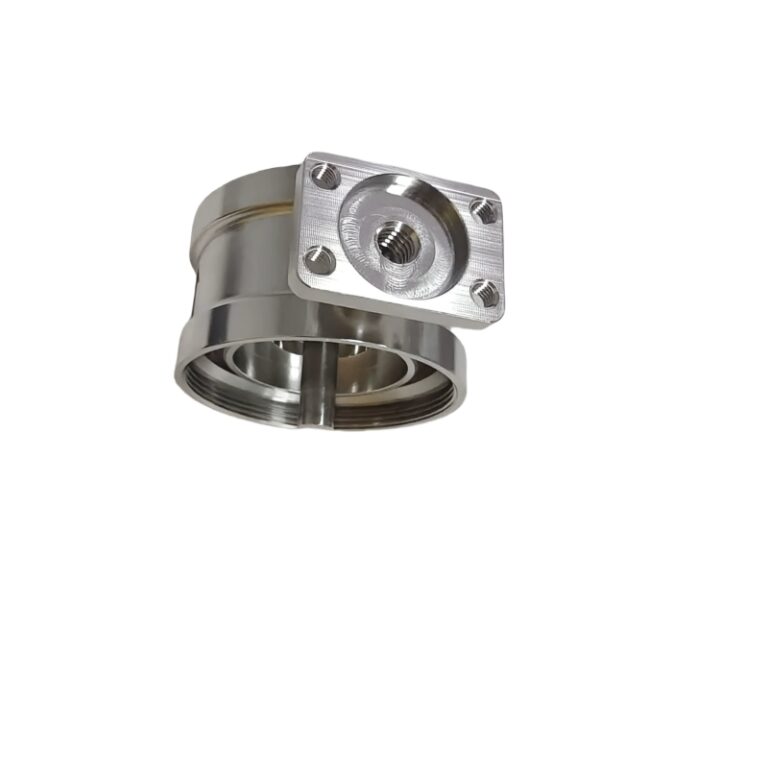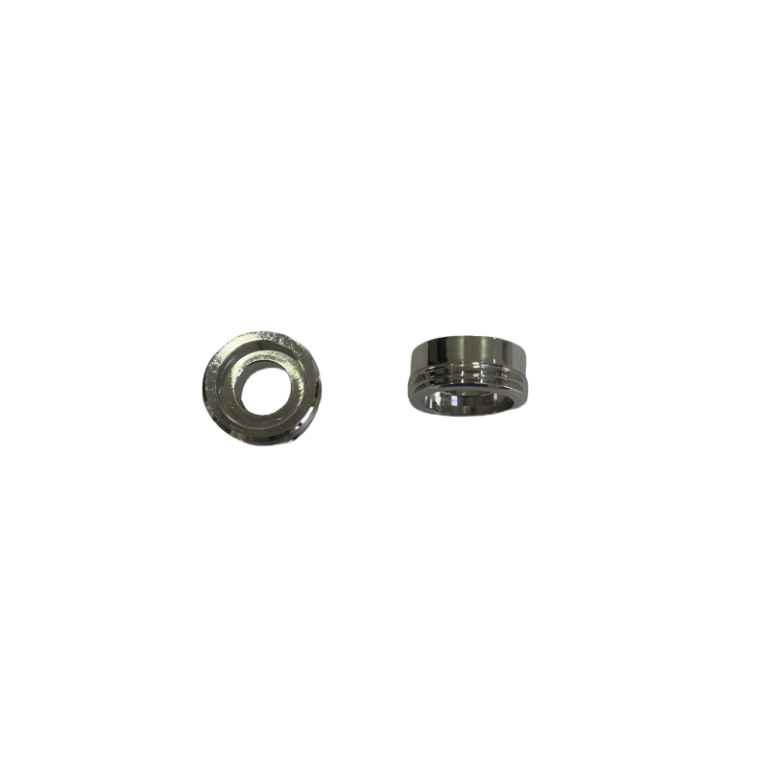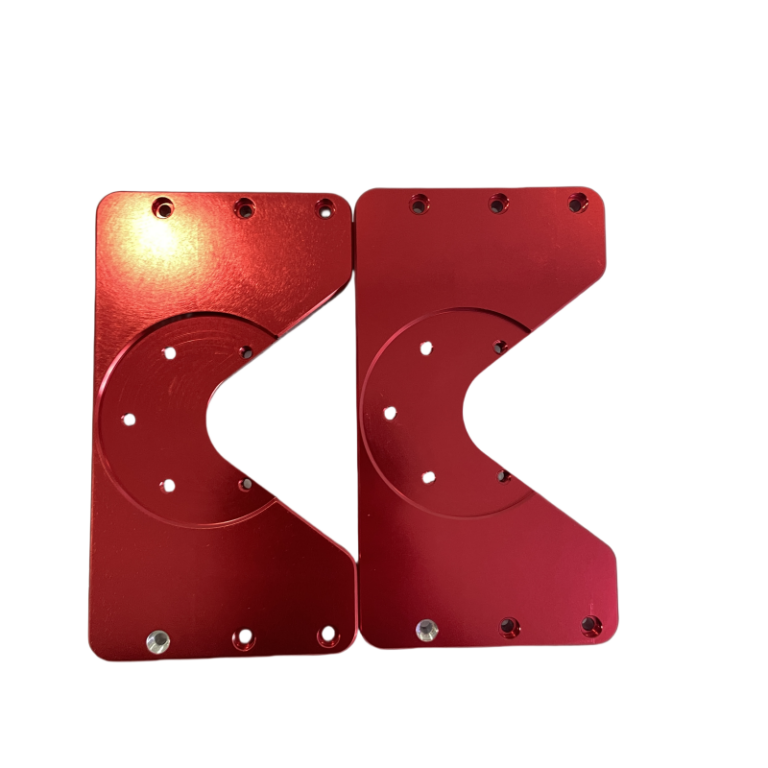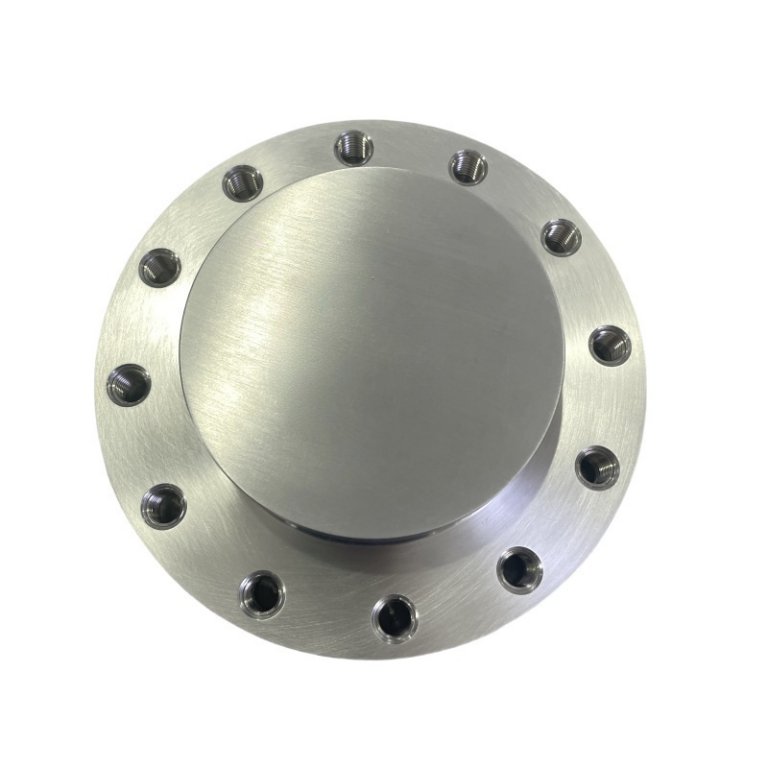Laser welding is a kind of welding technology widely used in the industrial manufacturing industry, which has the advantages of precision, high speed, and low thermal stress. It is the preferred welding technology for these industries. This article will describe its definition, types, advantages, and applications in parts manufacturing.
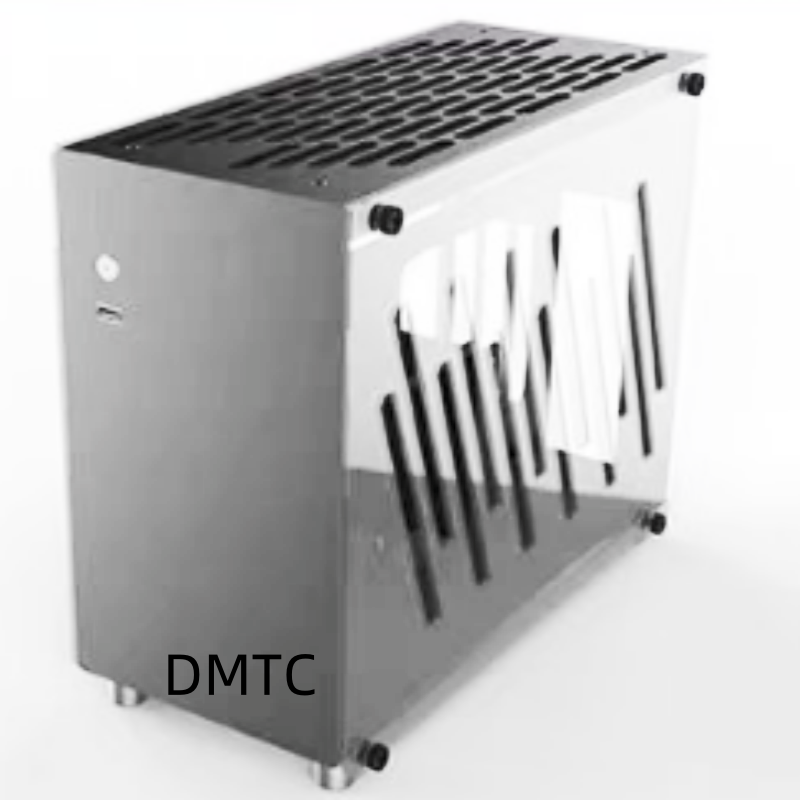
What is laser welding?
Laser welding is an efficient and precise welding method using high-energy density laser beams as heat sources. Laser welding is a key area of laser material processing technology. Since the 1970s, its main application areas have focused on the connection of thin-walled materials and low-speed welding processes. The welding process was a hot-pass welding. It was mainly used in precision welding of micro and small parts. With the development of technology, the emergence of laser deep welding technology has enabled them to weld large thick plates. it is widely used in high-speed rotation parts such as large-scale motor engine axles and aircraft engine components.
The working principle of laser welding:
Laser welding can be implemented with continuous or pulse laser beams. The principle of laser welding can be divided into hot-pass welding and laser deep melting welding.
Hot-passing welding: The power density is less than 104 ~ 105 W/cm2 in Hot-passing welding. At this time, the melting depth and the slow welding speed. Laser beam radiation heating is to be processed on the surface of the workpiece, and the surface temperature rises. Through thermal conductivity, a certain depth of the surface layer is heated. In a certain laser process parameters (such as laser power, pulse width, etc.) to obtain a specific molten pool, through the movement of the laser beam, to achieve the purpose of welding parts.
Laser deep melting welding: The power density is greater than 105 ~ 107 W/CM2, and the metal surface is reached into “hole points” under heating, forming deep melting welding, which has the characteristics of fast welding speed and large depth-to-width ratio. When the laser power density reaches a specific value, the voltage of the surface material of the processing workpiece forms a small hole, and the internal temperature of the small hole that absorbs the laser energy is very high, causing the surrounding metal to melt. The tension of the liquid flow and the surface of the wall of the hole wall and the continuous steam pressure generated in the cavity of the cavity hold and maintain a dynamic balance, the holes move as the laser beam moves, and the liquid metal flows in the opposite direction to fill the holes, leaving a gap, and cools to form a weld.
Types of laser welding:
- Laser welding: Laser welding is a high-energy density and high-intensity radiation. It can melt and heat materials at a small distance, so it can be efficiently connected to any material such as metal, plastic, etc. It is suitable for boxes with high-speed rotation parts such as turbine rotor shafts, large motor generator shafts, and other boxes.
- Laser arc welding: The laser beam emitted by the laser can form a melting pond on the welded device by the wire delivery system, and use the arc to melt the welded parts to complete the welding. It is suitable for a variety of materials such as metal and plastic. It is widely used in the manufacturing of automobile parts, such as the welding of cylinder cap pads, oil mouths, and spark plugs.
- Laser brazing: Use specific lasers and special nozzles or buns to heat the workpiece and complete welding in the form of arc or light radiation. Laser brazing is suitable for a variety of materials, which is suitable for high-precision and high-quality parts, such as electronic components and printing circuit boards.
- Laser melting welding: Laser emits a laser beam to heat the metal until the melting state and spray the melting metal to the workpiece, through the nozzle to achieve welding. Laser melting welding is applied to a variety of metals and their alloy. It is suitable for welding body structures, such as doors and roofs; and parts of complex shapes such as aircraft engine parts.
Which materials can be welded with laser welding?
- Metal materials: Including stainless steel, copper, and aluminum alloy, These metal materials are often used for manufacturing automobile parts, machinery equipment parts, home appliances, etc. The laser welding machine can accurately control the welding energy, so that the welding joint is uniform and firm, and it is not easy to produce cracks.
- Plastic materials: It is suitable for such as polyvinyl chloride (PVC), polypropylene (PP), polystyrene (PS), etc. When welding plastic, laser welding machines can control thermal input by selecting appropriate laser wavelengths and power to achieve fast and stable welding, which is widely used in electronic products and related equipment.
- Glass material: Such as glass plate, glass tube, etc. Laser welding machine has high precision and high reliability for welding glass materials. It can be used in the fields of glassware manufacturing, and optical instrument manufacturing.
- Various composite materials: Such as carbon fiber composite materials, ceramic enhanced composite materials, etc. Laser welding machines can weld these composite materials to maintain their excellent performance.
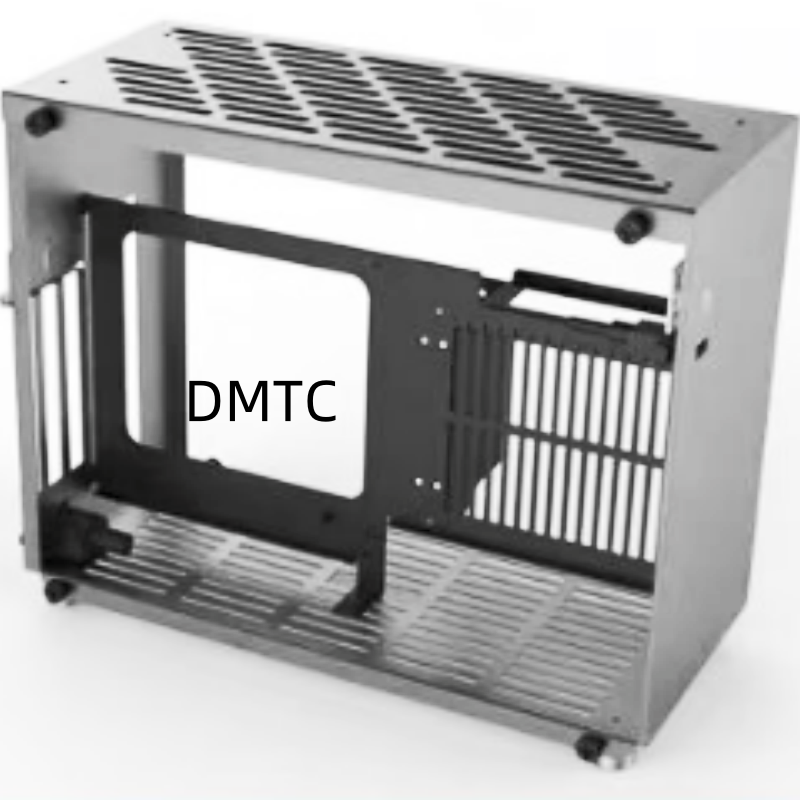
Advantages of laser welding:
1. High-precision and high-quality welding
Laser welding machines can achieve extremely accurate welding, and their diameter can be small to micron levels. This means that the laser welding machine can achieve all when welding microbes or products with high requirements for welding accuracy.
2. Fast welding speed and high efficiency
Compared with the traditional welding method, the welding speed of the laser welding machine is magical. It can complete a large amount of welding work in a short time, which greatly improves production efficiency. Especially in large-scale production, the advantages of laser welding machines are more obvious. It can quickly complete continuous welding, reduce the production cycle, and reduce production costs.
2. The heat influence zone is small
The thermal input volume during laser welding is relatively small, so the heat-impact area generated is also very limited. This effectively reduces the deformation and performance changes caused by heating materials. For some sensitive materials, such as titanium alloy and high-temperature alloy, laser welding machines can complete high-quality welding without affecting their performance, and expand the application range of welding materials.
4. Strong adaptability
Laser welding machines can weld a variety of materials, including metal, plastic, ceramics, etc., and can easily cope with workpieces of different shapes and sizes. Whether it is plane welding, three-dimensional welding, or complex structure welding, laser welding machines can be eased, showing strong adaptability and flexibility.
Applications of laser welding in parts manufacturing
Aerospace
Laser welding has become a key technology for making high-precision parts, such as aircraft landing racks and body structures.
Automobile
Laser welding is widely used in automotive manufacturing, and is mainly used for welding in key parts such as the body, doors, and engine components.
Medical device
Laser welding technology is used to ensure the accuracy and quality of the equipment, especially the manufacturing of micro-medical devices.
Electronic industry
Laser welding has gradually become the mainstream connection technology, which is used to achieve high precision and fast connection of micro components.
Jewelry industry
Laser welding machines amplify small parts of the jewelry through a microscope to achieve precision welding.
DMTC provides support for your custom laser service
DMTC is the pursuit of quality professional custom laser service providers. We have sophisticated machinery equipment with advanced technologies that can provide manufacturing solutions using laser welding or other welding technology. just contact us now!
Conclusion
In a word, laser welding is a very useful technology, it is widely used in aerospace, automotive, medical, electronics, and other industries, in practical applications, according to the characteristics and requirements of specific materials, choosing the right laser welding parameters and processes, to obtain good welding results.

